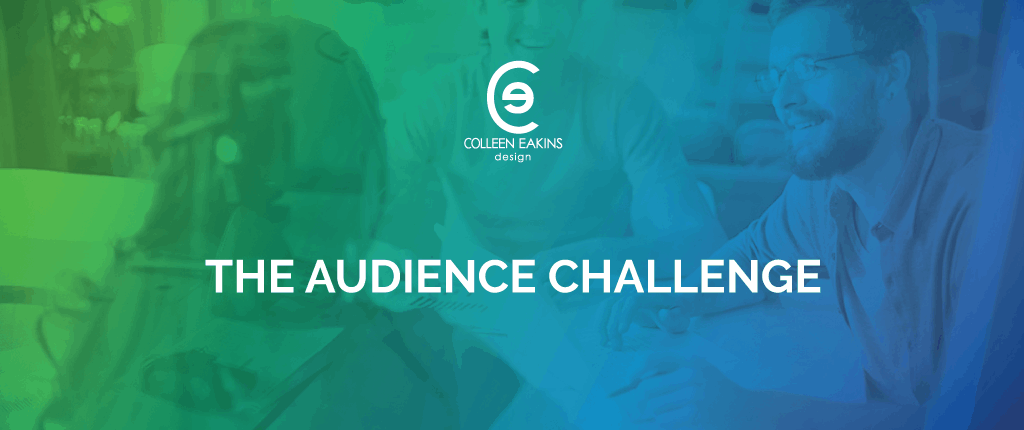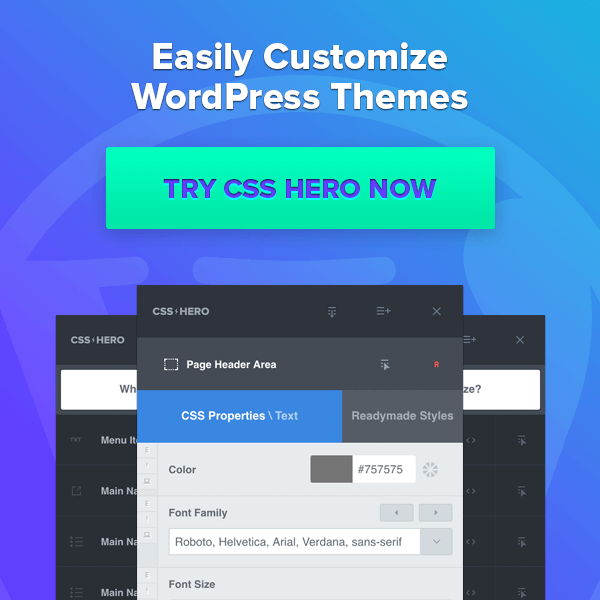The Audience Challenge
Data and analytics can be daunting when you have more of a creative mindset. However, knowing who the right people to have as an audience pool are beneficial to creating effective marketing materials from strategic conception all the way through execution. Also, knowing how to optimize your audience by segmentation is an important element of all marketing strategies.
Target Audience vs. the Persona
What is a target audience? This is a group of people who are the intended recipients of an advertisement, product or service, or readers of a specific publication. Pending your business, these are the people who your company would like to sell or appeal goods and services to.
This can be tricky, determining the differences between the target audience and persona, but you can think of it as audience is a generalization of the audience that is the target or basic information (ex: Female, 40 years old, Midwest, Income of $60-70,000, interest in dogs) – where the persona is the characteristics of the audience members that are based upon real people. It is their “business dating profile.”
The personality traits and characteristics determined in the persona is based upon extensive research that helps your company direct marketing strategies better.
How is a target audience defined?
In early stages before a company is fully solidified, companies use competitor research, prototype surveys, and a wish list of who they would like to buy their product.
However, when your company is in full operation and a customer base is formed, reevaluating your customer base to determine your target audience is a must. You can use the following elements to help pinpoint the group:
- Age
- Gender
- Education
- Income (purchasing power)
- Social class
- Location
- Consumption habits
- Tracked behaviors
- Attitudes
- Lifestyle preferences
- Customer surveys
- Pre/Post-transaction
- General feedback
- Pain points
- Social media presence
- Monitoring comments and engagements of users and what posts they interact with (like, share, comment, or click through) and what topics are being discussed
- Personality traits
- Competitor research
Fully investing in evaluating your customers will aide in strategic development, creative productions, and data segmentation of contactable customers – the full customer and user experience engaging with your company and offerings.
Why segment your audience?
Your target audience is fully defined, customers’ information is in good standing in your CRM, and you are actively acquiring new subscribers through online registrations and have found a great mail list to purchase. Now, how do you use all this data to its fullest capability?
Segmenting your audience can help target appropriate messages from your company, so you are not sending emails and posting to social with no purpose and for everyone’s eyes. With the average customer becoming more and more educated everyday on technical, social, and marketing tactics, you cannot blindly send out marketing in to the world and expect a large return.
Trimming down the fat of your messages to specific groups of your database will allow for individual communications that are tailored and give the best chances for high conversions.
Your audience wants to be spoken to with purpose and with relevant, custom information that they feel was made especially for them.
How do you segment your audience?
Using the below questions can help segment your recipient list by factors of your marketing strategy.
First, what is your intended messaging and action you would like the customer to take? The strategy of your campaign or communications series, will help determine who should receive the marketing messages.
After that, what are the deliverables of your campaign – emails, social posts, printed marketing? What are the associated costs with sending a printed marketing piece to everyone? How can we reach everyone effectively while staying on budget? Is there a group that responds more so to emails versus printed pieces – maybe you see it by a specific age group or just broken out by behavior? Has your data shown that the best cadence of a campaign is by a three emails series accompanied by a social post on each deployment of each email?
Then, messaging each group with tailored messages. This may mean, you have a three email series, but there are 4 versions of each email by how you want to speak to each group and track their behavior. This can be done through different designs and company in each version to simply just inserting variable text with keeping the same general copy and design.
Partnering with your data team can help you understand behavior and performance of each group you intend to message to assure it is beneficial to segment this way or another.
How often should you segment?
Every campaign! In order to know how well you are speaking to everyone in your group, you have to continue to experiment with segments of audience in concert with design and copy to reach your company’s goals. Different campaigns call for different tactics and messaging, using the same data matrix for one will most likely not work another. The intensity of your cadence, deliverables, and messaging vary by each campaign’s strategy. As you start to experiment you will see that your three email series with 4 versions of each email actually only needs to be 2 versions with a similar appeal or one of the emails is only one version. Experimenting and benchmarking performances of each campaign will help optimization in each campaign and individual deliverable.
In Summary
Segmenting your audience data will be a continuous elevation in all communications you wish to deploy. Your audience behaves differently, but being able to identify who those individual areas with similarities will help reach them with best intentions. Campaign performance reporting decks and quarterly reviews with your data team on marketing performances will elevate your data integrity and strategies.
Working with Colleen Eakins Design in strategy and creative development will give a fresh perspective on segmentation of audience.






